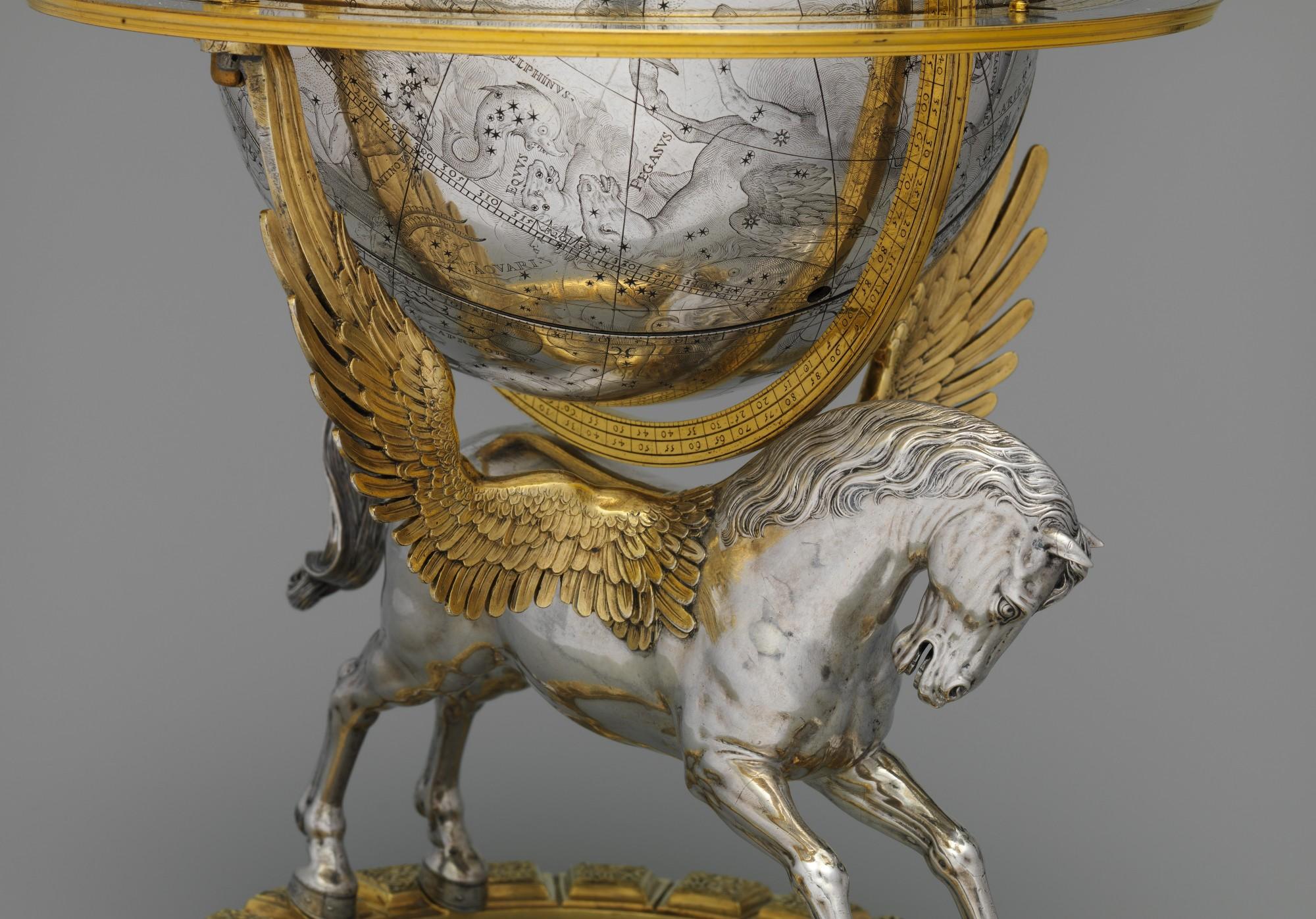Exhibition curator Wolfram Koeppe continued: “The widespread and intense emotional commitment to machines and gadgets in the royal courts of Europe in the 16th through 18th century encouraged men of talent to put their energies into building the new devices for production, transportation, and communication, which are among the most distinctive features of modern life.”
The exhibition will feature approximately 170 objects—including clocks, automata, furniture, scientific instruments, jewelry, paintings, sculptures, print media, and more—from The Met collection and more than 50 lenders. A number of these works have never been displayed in the United States. Among the many exceptional loans will be silver furniture from the Esterházy Treasury; the largest flawless natural green diamond in the world, weighing 41 carats and in its original 18th-century setting; the alchemistic table bell of Emperor Rudolf II; a large wire-drawing bench made for Elector Augustus of Saxony; a rare example of an early equation clock by Jost Bürgi; and a reconstruction of a late 18th-century semi-automaton chess player, known as “The Turk,” that once famously caught Napoleon Bonaparte cheating.
Making Marvelsis the first exhibition in North America to highlight the important conjunction of art, science, and technology with entertainment and display that was essential to court culture. The exhibition will be divided into four sections dedicated to the main object types featured in these displays: precious metalwork, Kunstkammer objects, princely tools, and self-moving clockworks or automata. (Kunstkammer is the term used in German-speaking provinces to describe these collections.)























![DEl Kathryn Barton [Australian b. 1972] the more than human love , 2025 Acrylic on French linen 78 3/4 x 137 3/4 inches 200 x 350 cm Framed dimensions: 79 7/8 x 139 inches 203 x 353 cm](/sites/default/files/styles/image_5_column/public/ab15211bartonthe-more-human-lovelg.jpg?itok=wW_Qrve3)



